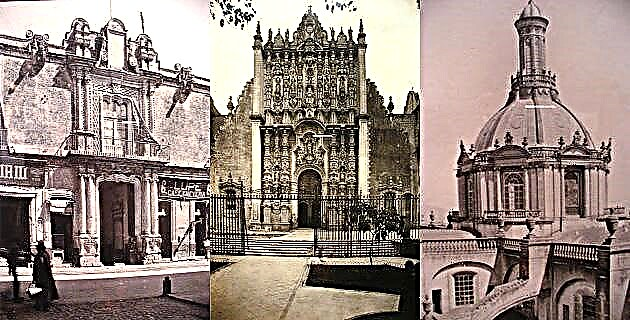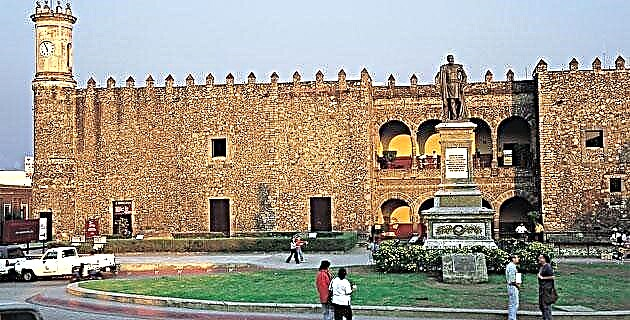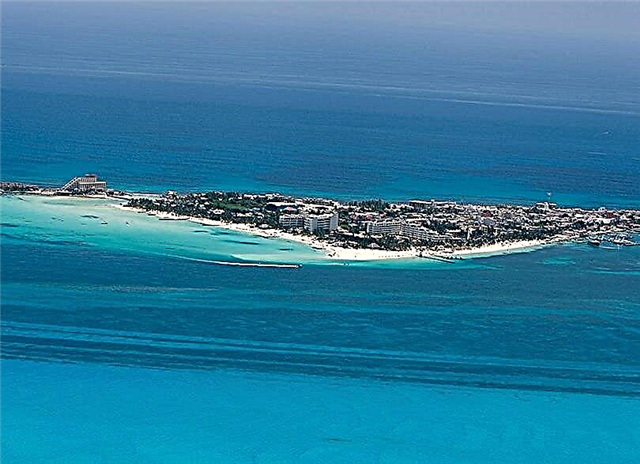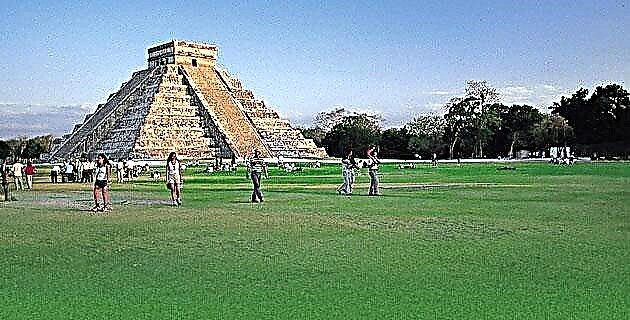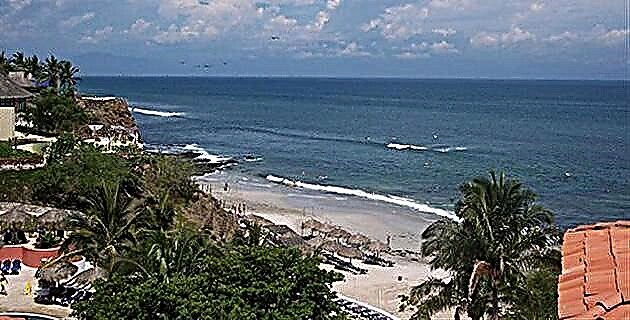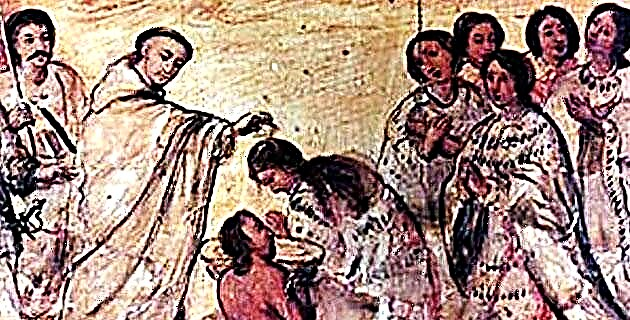
The history of the missionaries in New Spain obviously began with the arrival of Europeans in New Spain. In the strict sense, the term mission refers to the work that they had to carry out as part of a commitment or assigned task.
In the vast Mexican scenario, the mission of the friars was quite complex: the conversion to Christianity of thousands of indigenous people by way of catechization, within a great program that initially allowed the newly arrived religious orders of Christians to distribute in the regions where they were more urgent to carry out the task of evangelization. For the friars, the territory was extensive, unknown and in many cases wild and inhospitable, in addition to the resistance of the indigenous groups that refused to accept them, their doctrine and the conquerors alike. To this must be added the enormous difficulty that the priests had in learning the language of the different regions in which they had to work.
The great work of evangelization was started by the Franciscans, followed by the Dominicans, Augustinians and Jesuits. The first arrived in Mexican lands in 1524, and in a few years they achieved the foundation of temples and convents, a logical consequence of the establishment of the first missions in almost all the central part and portions of the southeast of the Republic, although later they had to share part of their territory with the Dominicans, who arrived in New Spain in 1526, beginning their religious activity in Oaxaca, Guerrero, Chiapas, Michoacán and Morelos.
For their part, the Augustinians arrived in 1533 and their missions encompassed portions of the current states of Mexico, Hidalgo, Guerrero and some areas of the Huasteca.
The Society of Jesus made its appearance towards the end of 1572; Although from the beginning their tasks were dedicated to education, especially childhood, they did not neglect apostolic work in places where it was just beginning and that had not been covered by other religious orders. Thus they arrived relatively quickly in Guanajuato, San Luis Potosí and Coahuila, to later spread north reaching Baja California, Sonora, Sinaloa, Chihuahua and Durango.
Towards the end of the seventeenth century, the Franciscans, with the authorization of the Holy See, founded the apostolic colleges of missionaries of Propaganda de Fide (or propagation of the faith), thereby trying to give a new impulse to evangelization and preparing missionaries to redouble their efforts in the entire territory of New Spain. Thus the schools of Querétaro, Zacatecas, Mexico, Orizaba and Pachuca were opened, along with two later ones in Zapopan and Cholula.
Later, after the expulsion of the Jesuits from the national territory in 1767, it allowed the Franciscans to take over their foundations established in the north, and they occupied Alta California, in addition to portions of Coahuila, Nuevo León, Tamaulipas, Texas, New Mexico and of course part of the Sierra Gorda that, together with Baja California, they shared with the Dominicans.
In some places the custom of continuing to call missions to those foundations built by the friars in their long and painful evangelizing work persisted. Many of them disappeared to give way to well-established temples and convents, which were also used as a starting point to reach new places to spread the Catholic religion. Still others were left as mute testimonies of bloody indigenous insurrections or as faithful memories of the untamed geography that not even faith could subdue.
What the reader will find in this hypertext of Mexico unknown integral in the Routes of the Missions it is a remnant of history, which is sometimes intertwined with the legendary and even the heroic. You will also find the material remains of a titanic work undertaken by a handful of men, whose sole objective was to teach their religion to many others who did not know how to learn it; a task that critics and historians have judged in many ways and from many perspectives, although no one can deny the enormous spiritual and artistic burden that all these men left behind in a land that still remembers their noble feelings.


